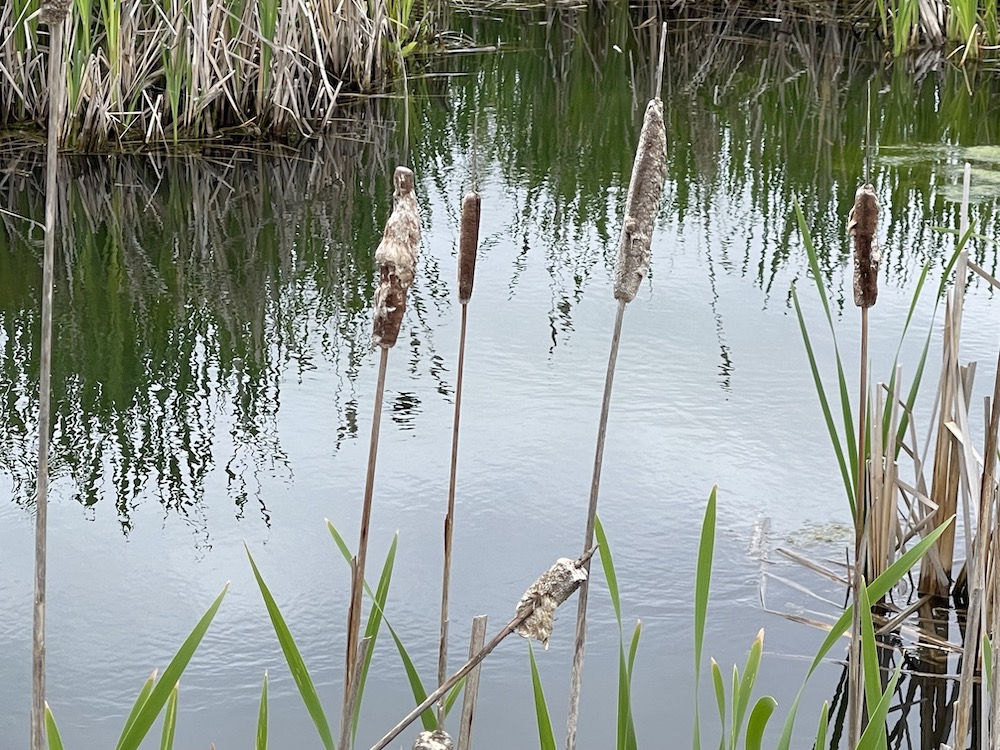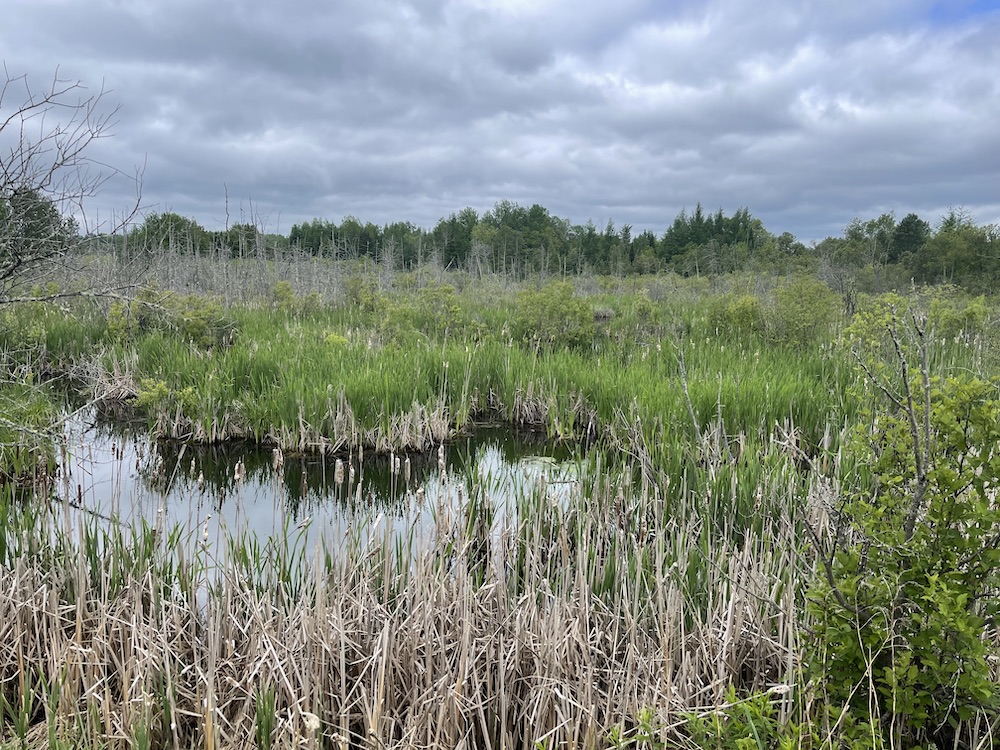SWAMP AND WATER
Backwoods Blog;
in the woods and on the road…

Marsh is not swamp. Marsh is a space of light, where grass grows in water, and water flows to the sky. Slow-moving creeks wander, carrying the orb of the sun with them to the sea, and long-legged birds lift with unexpected grace – as though not built to fly – against the roar of a thousand snow geese. Then within the marsh, here and there, true swamp crawls into low-lying bogs, hidden in clammy forests. Swamp water is still and dark, having swallowed the light in its muddy throat. Even night crawlers are diurnal in this lair. There are sounds of course, but compared to the marsh, the swamp is quiet because decomposition is cellular work. Life decays and reeks and returns to the rotted duff; a poignant wallow of death begetting life…
Where the Crawdads Sing by Delia Owens
*
This is the opening passage in Delia Owens’ best-selling novel, Where the Crawdads Sing which spent 32 (non-consecutive) weeks topping the New York Times Fiction Best Sellers List in 2019. Owens is an American zoologist who moved to Africa back in the 1970s and Where the Crawdads Sing was her first novel written at the age of 70. It was recently made into a major motion picture starring Daisy Edgar-Jones and Taylor Smith and its release date is this summer (July, 2022). The story takes place in a wild coastal marsh in North Carolina, set in the 1960s and is about a young girl whose family abandons her and she fends for herself in the wild. Her name is Kya and she is known as the Marsh Girl. The book is a combination genre-mix of love story, nature, poetry and a good murder mystery. It has a little bit of everything.
On my family’s 50 acre farm, every square inch was cleared and utilized for some economically productive or aesthetic purpose. According to my father, every acre planted in potatoes was an acre well-used. The only land that was not cleared were the two wetland areas, or as my father called them, swamps. There was a large one on the front of the property along US Route One and then a smaller one near the back of the farm. In his attempt to find a useful purpose for the front swamp he dug what he called a “spray hole” on one end of it. This formed a small pond where he could fill the tank on his potato sprayer which he used to apply pest control products, otherwise known as “spray.” Back in those days wetlands were considered “wasted land” and oftentimes ended up as under-appreciated or a good place to locate a town dump. In recent years that perception has changed and wetlands have become protected and properly regarded as wild life sanctuaries, one of the most alive and wildlife-attracting locations that we have.
These unproductive areas are productive after all. Singing in the dark, like peepers in the wetlands or the unfamiliar sounds of perhaps we don’t know what, or the awakening birds of the early morning dawn, this is the music of life – dwelling, thriving and gradually emerging from the dark.
In these dark times right now, when uncertainty seeps into (seemingly) every little crack of our life and culture, when war is not far away and daily in the news, while gun violence makes weekly headlines here at home and democracy itself is in persistent political peril, this is a time when we need to be able to find a song in the darkness and sing it the best we can, by ourself and with others. The peepers may be small in size but large in number! Go out into the early night and listen to their voice. Listen to the song…
In the woods,
Dave
June 9, 2022


Martha and I both read Where the Crawdads Sing long ago enough that I don’t remember much of it, except that we both really liked it. Martha tells me when she hears the spring peepers and the cicadas. My hearing has gotten bad enough that I don’t hear them. Maybe my OTC hearing aids will help this year. Fortunately, for me, nature is more a visual than an audible experience, so I will have to go out at night with a flashlight to try to SEE some frogs.
Very nice piece, Dave. We call the wetland of our farm a bogan. We fished, mostly catching chub,in it from an old row boat in summer and built bonfires on the bank of it and skated in the winter.
posted by sb
It is where I first saw beaver, muskrat, bitterns, herons and frogs and is always a good place to see a moose…
posted by sb